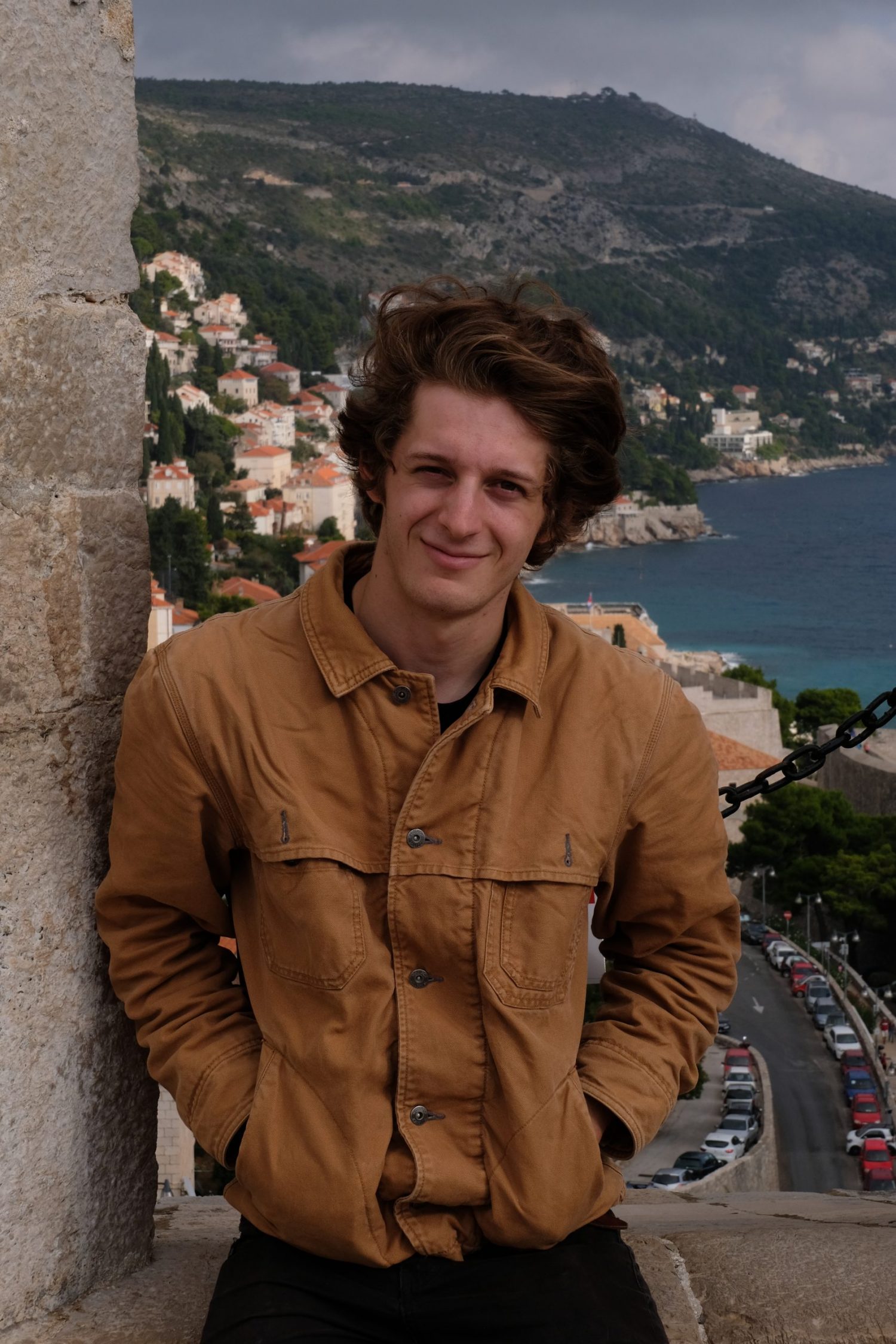I have been going through some significant difficulties during Unit Two which, although unrelated to the course, have adversely affected my ability to work effectively. As such, I have become quite behind in the formal report process, and there is much work left to be done before I will be able to proceed with the report. However, I am confident in my ability to complete the remaining work necessary to proceed in the coming days, and finish with the project on schedule.
In this post, I will address the process of creating a LinkedIn account including my thoughts on the use of social media for job searches, the peer review process for both LinkedIn and the Formal Report, and some of the trials and tribulations I’m running into regarding my formal report.
On LinkedIn
I have been “on” LinkedIn for several years now, although I had never been trained on how to use it. I use the word “on” in quotes because I had a skeleton profile with some blank work experience and a couple interests listed before this course began. This course has allowed me to take another look at the network, and potentially find better uses for it. Doing the research for LinkedIn prior to really engaging with it made me question some of the narratives we hear about how to find work in the digital age. Post a lot, but not too much; respond promptly, but write personalized responses which slow down that process. A lot of the advice I read regarding LinkedIn was contradictory and could be boiled down to a specialized online etiquette that is difficult to understand for many people. In my own social media spheres, I rarely if ever post, and use social media like Facebook and Instagram solely for their direct messaging capabilities (and memes, to be frank). Therefore I find the world of LinkedIn to be a bit jarring, and I’m unsure if I particularly like the kind of corporate culture promoted by the network. All the same, I do think that LinkedIn presents a powerful tool that we can use to find employment, especially in an ever increasingly online environment. Shortly after making my LinkedIn account, a colleague reached out to me to connect, which is a nice feeling I suppose.
The Peer Review Process
The Peer Review process is a fundamental aspect of becoming a more effective writer, and I’ve been very lucky to have a great writing team to assist me in making my work more effective. I would like to thank them for their work, and I look forward to us continuing to work together.
Meera’s LinkedIn Peer Review:
I thought that Meera’s LinkedIn profile showcased a great example of how to use the site effectively and in accordance with the advice we gathered through our research of LinkedIn. I also think that her peer review of my own LinkedIn account accurately highlighted some of its flaws and helped me to address them.
Meera’s Peer Review of Zachary’s LinkedIn Page
Zachary’s Peer Review of Meera’s LinkedIn Page
Sydney’s Formal Report Proposal:
I was glad to see Sydney adopt a more detailed approach to her formal report proposal. Sydney’s proposal post-edits gives the project weight and presents an interesting and relevant topic regarding the use of social media in professional environments, which dovetails nicely into our discussion about LinkedIn. Her own peer review of my proposal pointed out necessary changes which I have since amended.
Sydney’s Peer Review of Zachary’s Report Proposal
Sydney’s Report Proposal (Edited)
Zachary’s Peer Review of Sydney’s Formal Report Proposal
Zachary’s Formal Report Proposal
The Formal Report Process
As I stated in the beginning paragraph of this reflection piece, I have become quite behind on the project (although I suppose there is a kind of cruel irony in the topic I’ve chosen for the project and the reasons for why I’ve become behind). Nonetheless, I have gone ahead with the update for the project and will subsequently have survey questions ready by the week’s end which I will disseminate to willing participants. I already know some of the challenges I’ll face, and I’ll talk about each in turn.
Finding Participants
Because the entirety of my research will be conducted online, I will need to be creative in how I find participants. One group that I’ve been thinking about is students from my recent film course which finished last month. I also want to talk to some recent graduates who were caught off guard by the sudden transition to an online learning environment while they were taking lab-based courses. I will explore other options as they appear.
Developing a Survey
This is my most immediate challenge (as it was supposed to already be uploaded). I have some ideas for the kinds of questions I want to ask, but I need to sit down and think more thoroughly about what is appropriate and achievable under the time constraints I now face.
Making it All Come Together
This is actually an area where I think I am ahead (read on schedule), because I have already been engaging with some of the literature I intend to use for the report. UBC policy is easy to access, as is policy from BCCDC, and there is so much literature regarding Covid-19 that it is often overwhelming. What will be interesting is the ways my participants will reflect on their experiences regarding the equipment they’ve needed to complete their coursework.
That’s all for this reflection piece. Overall, I am perhaps not as significantly behind as I initially thought when I set out writing this piece. With a little work I can get myself back up to speed and even pull ahead in the coming weeks.
Thanks again to my fellow writing team members for their solid work.
-Zach
